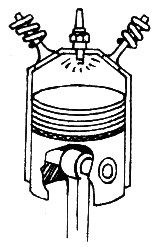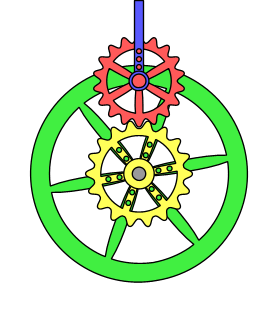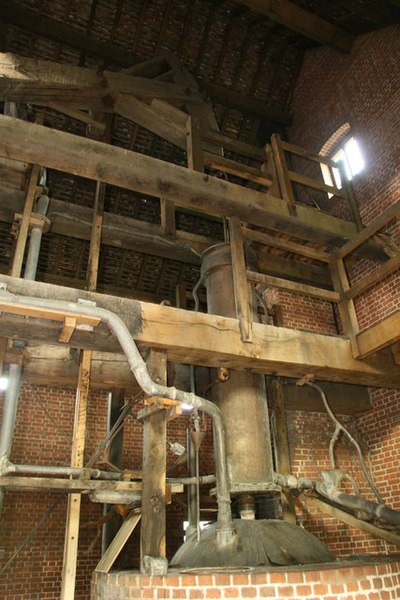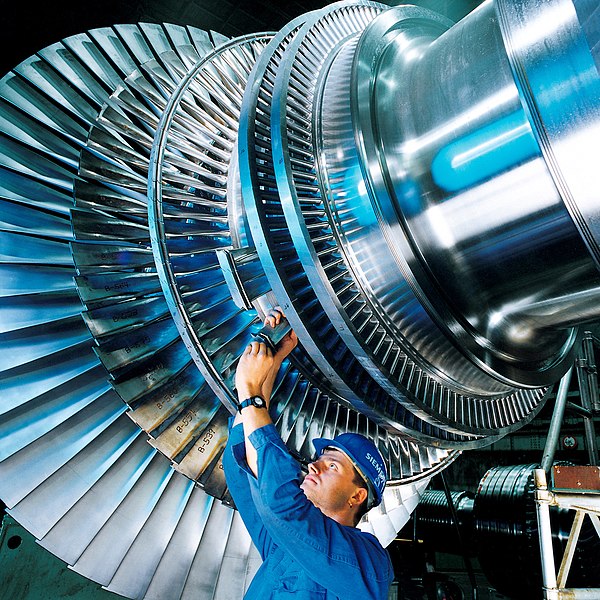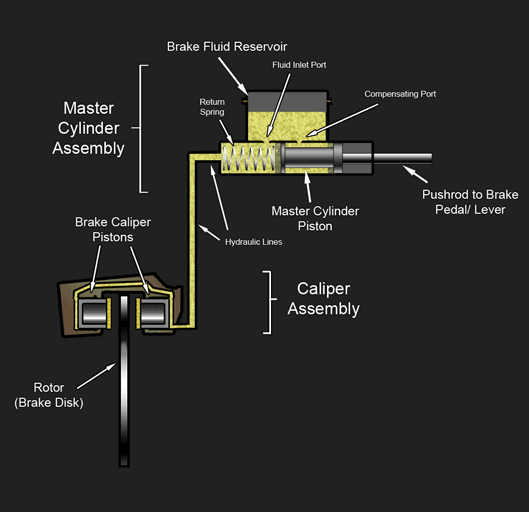We just learned about the
Steam Turbine.
Let's learn a little about how steam engines work.
First we need to learn a few other things that people discovered before they could make a steam vacuum.
One thing people discovered was the
Vacuum Pump.
A long time ago people didn't understand a long time ago was how a vacuum worked.
Not like the vacuum cleaner that sucks dirt up from the floor, but a vacuum like a ball or a tube that is so empty that it has suction holding itself closed.
You can think about this like a plastic pop bottle that you suck air out of.
As soon as you let go, it will suck the air in and fill itself up again.
Back in 1654 people didn't understand this, so a man named Otto von Guericke came up with an experiment to show them.
He took two half circles made of metal, called the magdeburg hemispheres, and put them together like a closed ball.
Then he used a pump to suck out all of the air from inside, creating what is called a vacuum.
A vacuum is a space that has no air, or very little air.
Because he used a pump to do this, it was called a vacuum pump.
After that he challenged people to try and pull the half circles apart, but not even teams of horses could do it.
This understanding of how a vacuum works was one of the things that helped people invent steam engines.

(from: wikipedia -
magdeburg hemispheres)
Kid Facts - Blast from the past: Forensic Firearm Examination
